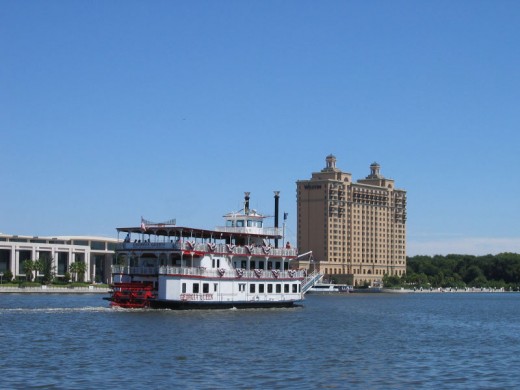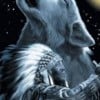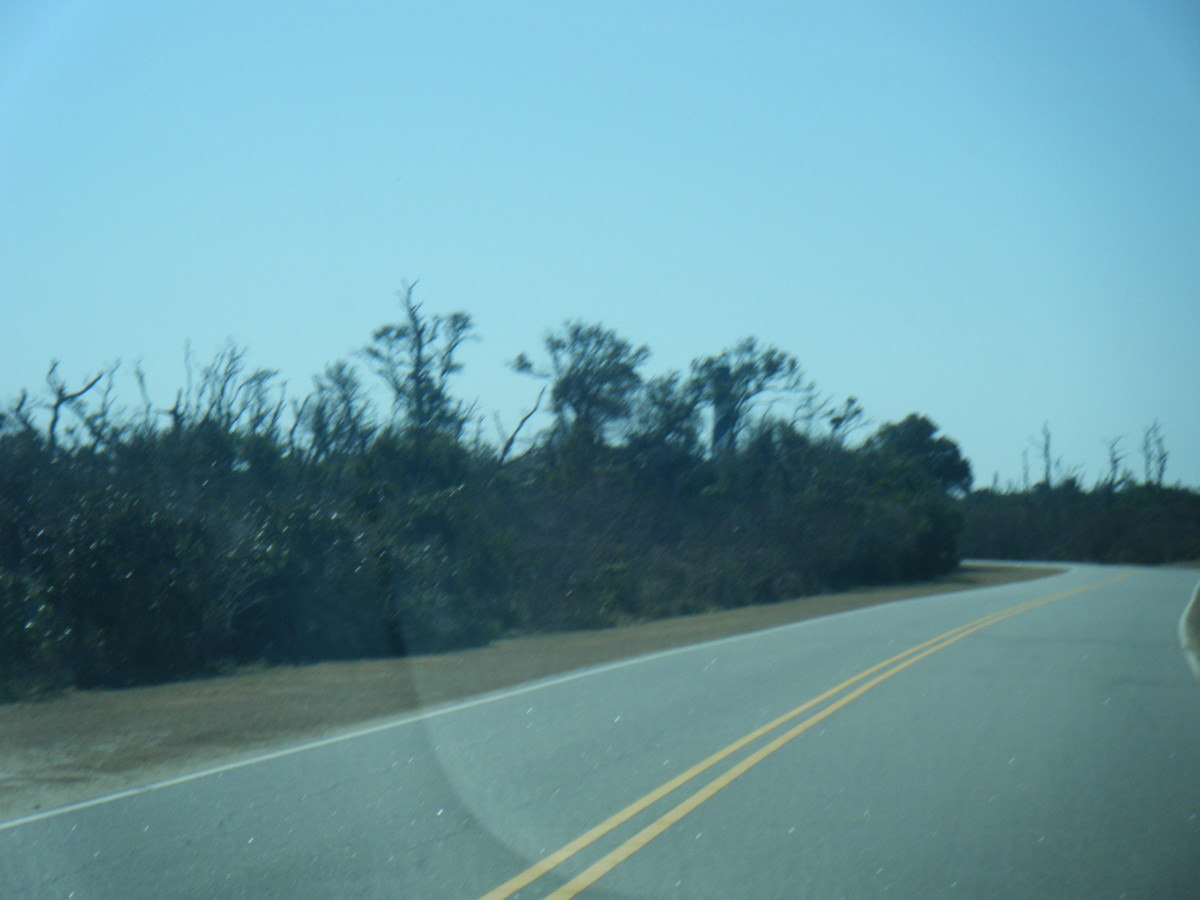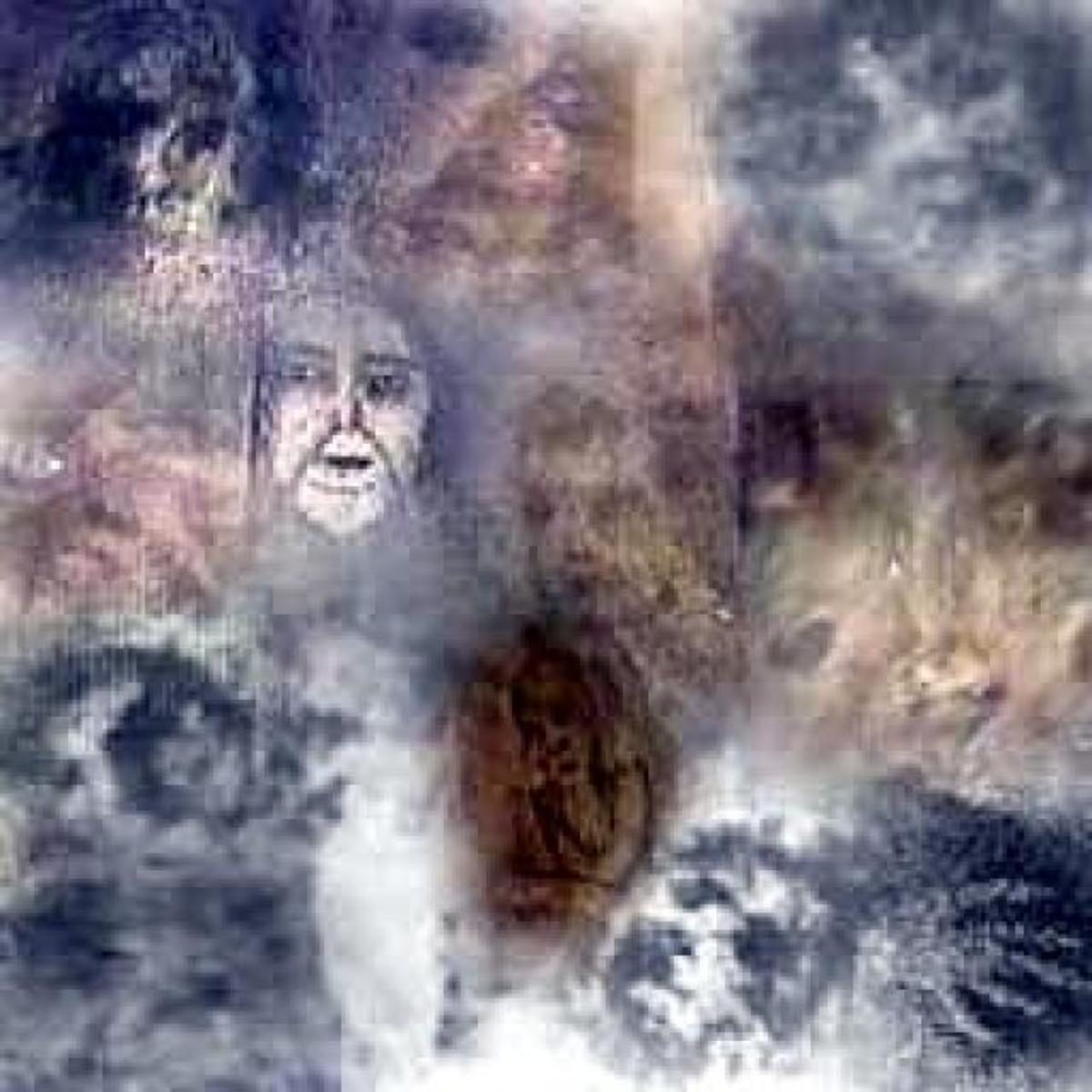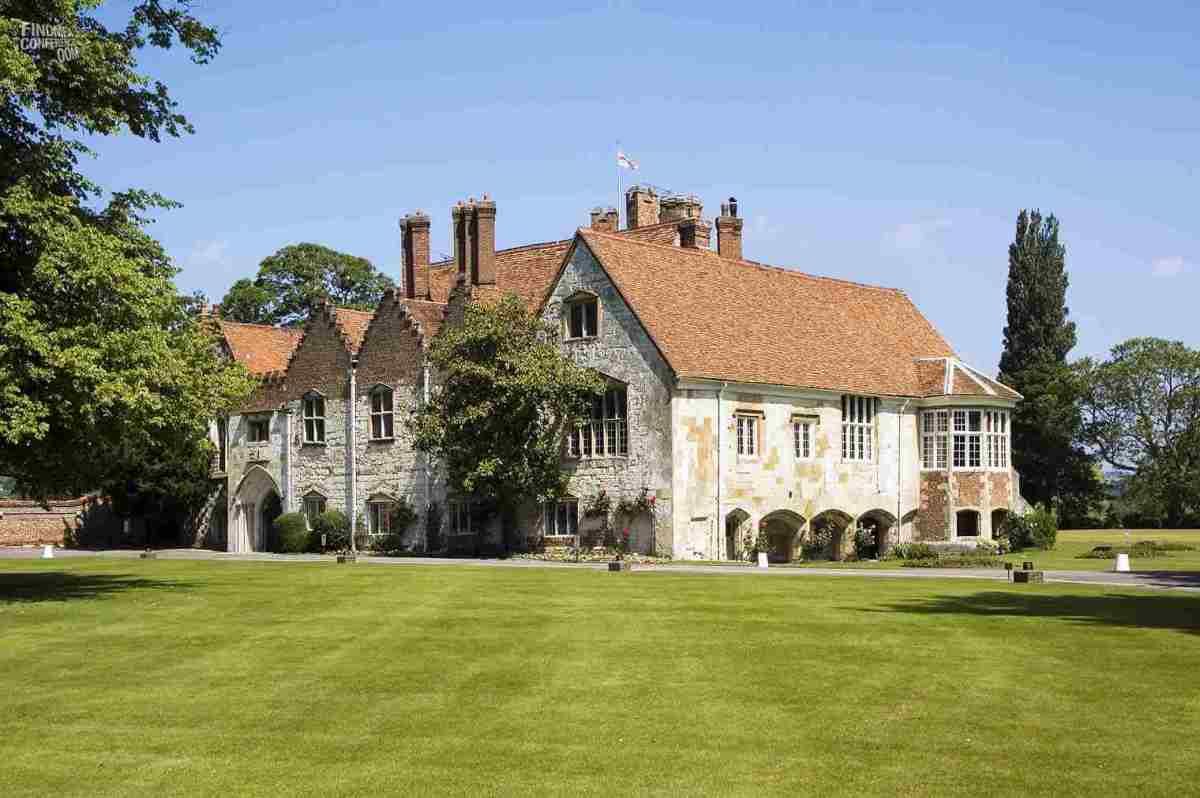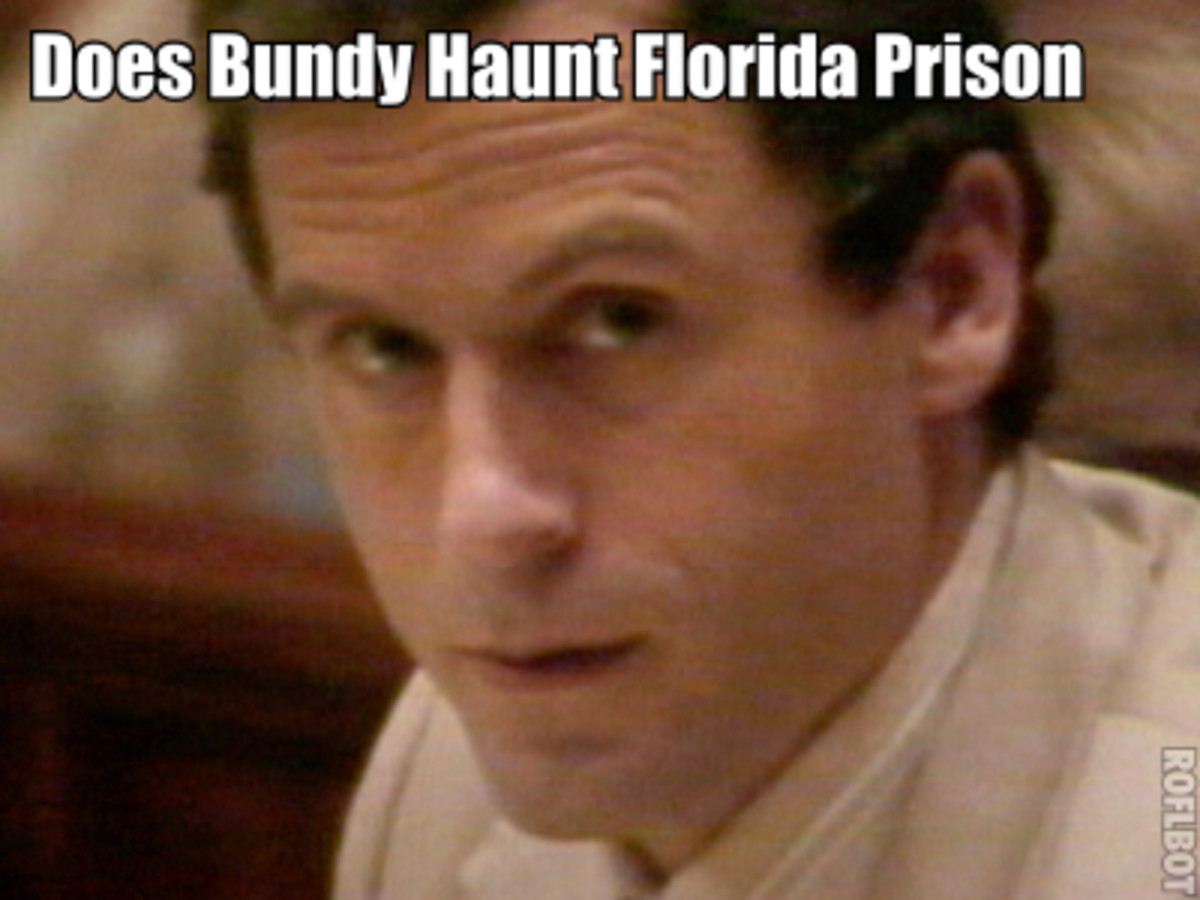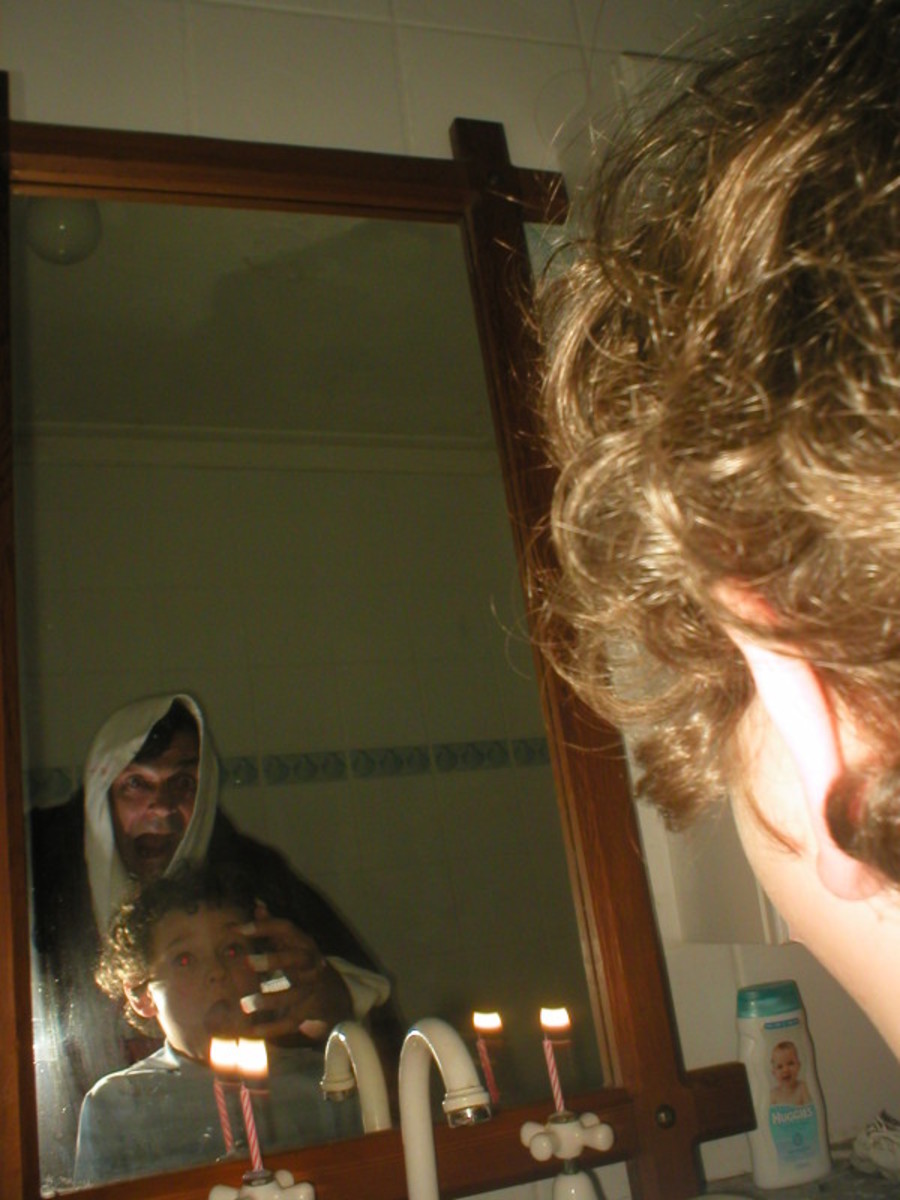Ghost Videos of Americas Famous Ghosts
Ghost Videos of Americ's Most Famous Ghosts
Here you will find Ghost Videos , Stories and general information about some of the most famous haunted places in America. If you want to learn all about Ghosts in American Cities this is the place to come for all your information. We will try to include back ground information about the city or location where possible. We hope you enjoy our site about famous haunted places in America.
Public Square, St. Augustine, ca. 1858
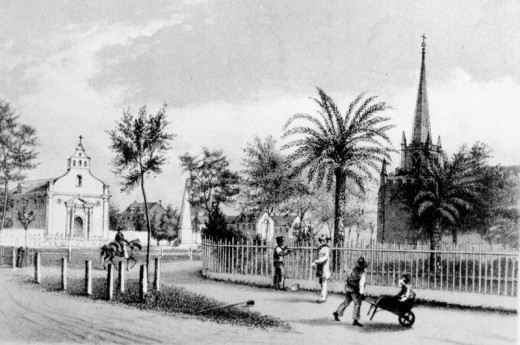
Ghosts will often take on the look of a misty or semitransparent or fog-like human form. Sometimes Ghosts will make its precense known through moving objects or noises. Those involved in ghost research believe the ghosts may actually be a form of psychic or mental energy that was left behind.
The Cities of Charleston S.C. , St Augestine Florida and New Orleans Louisiania are famous for their Ghosts.
In cultures that hold a belief in reincarnation, they believe Ghosts are souls that refus to be "recycled", because they have unfinished business to complete first. The Chinese have some very interesting beliefs on ghosts that include a ghost can become immortal and become a demigod Or ghosts can go to hell and suffer for all of eternity. They believe some ghosts kill people to rob them of their rights to reincarnation. Ghosts can die and become a "ghost of ghosts".
While most people believe in ghosts there are others that are skeptical. Skeptics claim that often people claim to see ghosts when their senses are impaired, such as when waking from sleep. They also question the motives of others who claim to see ghosts.
St. Augustine in 1760, while under Spanish control
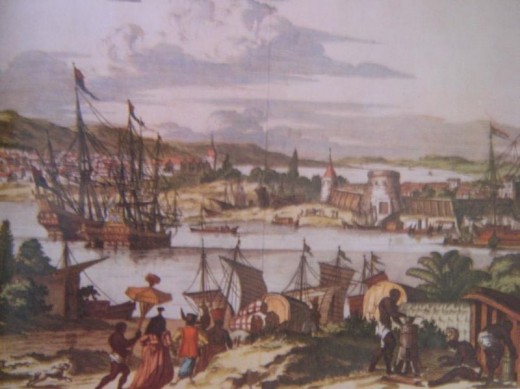
St Augustine Ghosts
St. Augustine, Florida
St. Augustine is a city in St. Johns County, Florida, in the United States. It lies in a region of Florida known as The First Coast, which extends from Amelia Island in the north south to Jacksonville, St. Augustine and Palm Coast. According to the 2000 census, the city population was 11,592; in 2004, the population estimated by the U.S. Census Bureau was 12,157 . It is the county seat of St. Johns County. It is the oldest continuously occupied European-established city in the United States. And is world famous for its multitude of Ghosts and Ghost Stories
History
St. Augustine was founded by the Spanish. The first Christian worship service held in a permanent settlement in the current United States was a Catholic Mass celebrated in St. Augustine. A few settlements were founded prior to St. Augustine but all failed, including the original Pensacola colony in West Florida (founded 1559), with the area abandoned in 1561 due to hurricanes, famine and warring tribes, and Fort Caroline in what is today Jacksonville, Florida in 1564. The city was founded by the Spanish admiral Pedro Menéndez de Avilés on August 28, 1565, the feast day of Augustine of Hippo, and consequently named by him San Agustín. Martin de Arguelles was born here one year later in 1566, the first child of European ancestry to be born in what is now the mainland United States. This came 21 years before the English settlement at Roanoke Island, in Virginia Colony, and 42 years before the successful settlements of Santa Fe, New Mexico, and Jamestown, Virginia.In 1586 St. Augustine was attacked and burned by Sir Francis Drake. In 1668 it was plundered by pirates and most of the inhabitants were killed. In 1702 and 1740 it was unsuccessfully attacked by British forces from their new colonies in the Carolinas and Georgia. The most serious of these came in the latter year, when James Oglethorpe of Georgia allied himself with Ahaya the Cowkeeper, chief of the Alachua band of the Seminole tribe to lay siege to the city.In 1763, the Treaty of Paris ended the French and Indian War and gave Florida and St. Augustine to the British, an acquisition the British had been unable to take by force and keep due to the strong fort there. St. Augustine came under British rule and served as a Loyalist (pro-British) colony during the American Revolutionary War. A Treaty of Paris in 1783 gave the American colonies north of Florida their independence, and ceded Florida to Spain in recognition of Spanish success during the war.Florida was under Spanish control again from 1784 to 1821. During this time, Spain was being invaded by Napoleon and was struggling to retain its colonies. Florida no longer held its past importance to Spain. The expanding United States, however, regarded Florida as vital to its interests. In 1821, the Adams-Onís Treaty peaceably turned the Spanish colonies in Florida and, with them, St. Augustine, over to the United States.Florida was a United States territory until 1845 when it became a U.S. state. In 1861, the American Civil War began and Florida seceded from the Union and joined the Confederacy. Days before Florida seceded, state troops took the fort at St. Augustine from a small Union garrison (January 7, 1861). However, federal troops loyal to the United States Government quickly reoccupied the city (March 11, 1862) and remained in control throughout the four-year-long war. In 1865, Florida rejoined the United States.Spanish Colonial era buildings still existing in the city include the fortress Castillo de San Marcos. The fortress successfully repelled the British attacks of the 18th century, was occupied by Union troops during the American Civil War, and later served as a prison for the Native American leader Osceola. It is now the Castillo de San Marcos National Monument.In the late 19th century the railroad came to town, and led by northeastern industrialist Henry Flagler, St. Augustine became a winter resort for the very wealthy. A number of mansions and palatial grand hotels of this era still exist, some converted to other use, such as housing parts of Flagler College and museums. Flagler went on to develop much more of Florida's east coast, including his Florida East Coast Railway which eventually reached Key West in 1912.The city is a popular tourist attraction, for the rich Spanish Colonial Revival Style architectural heritage as well as elite 19th century architecture. In 1938 the theme park Marineland opened just south of St. Augustine, becoming one of Florida's first themed parks and setting the stage for the development of this industry in the following decades.In addition to being a national tourist destination and the nation’s oldest city St. Augustine was also a pivotal site for the civil rights movement in 1964. Despite the 1954 Supreme Court act in Brown v. Board of Education, which ruled that the "separate but equal" legal status of public schools made those schools inherently unequal, St. Augustine still had only 6 black children admitted into white schools. The homes of two of the families of these children were burned by local segregationists while other families were forced to move out of the county because the parents were fired from their jobs and could find no work. In 1964 a massive non-violent direct action campaign was led by Dr. Martin Luther King and other major civil rights leaders to change the horrific conditions of blacks in St. Augustine.In 1963 a “sit-in” protest at a local diner ended in the arrest and imprisonment of 16 young black protestors and 7 juveniles. Four of the children, two of which were 16 year old girls, were sent to “reform” school and retained for 6 months. From May until June of 1964 protestors endured abuse, beatings, and verbal assaults without any retaliation. By absorbing the violence and hate instead of striking back the protestors gained national sympathy and, it is thought, were the deciding factor in passing the 1964 Civil Rights Act. King planed nightly marches down King Street and around the old "Slave Market”. The protestors were met by white segregationist and verbal and physical assault on the marchers that resulted in hundreds of arrests and jail sentences. Because of the huge numbers of demonstrators in the jail people were kept in a stockade during the day in the hot sun with no shade. When attempts were made to integrate the beaches of Anastasia Island demonstrators were beaten and driven into the water by police and segregationists, some of the protestors could not swim and had to be saved from drowning by other demonstrators.The demonstrations came to a climax when a group of black and white protesters jumped into the swimming pool at the Monson Motel, an entirely white hotel where several other protests had been held. In response to the protest the owner of the hotel, Mr. James Brock, who was a usually shy and passive man, was photographed pouring muriatic acid into the pool to get the protestors out. Photographs of this and of a policeman jumping into the pool to arrest them were broadcast around the world and became some of the most famous images of the entire Civil Rights Movement. The photos became fodder for communist countries, who used the images to discredit America’s claims of democracy and freedom.
St. Augustine Ghost Pics
RamadaInnHistoric - Welcome to the Nation's Oldest City
New Orleans Ghosts
New Orlean's is another famous ghost rich city where you will find all kinds of ghosts and ghost stories. If you can't find a ghost in New Orleans you will never find one.
Enter New Orleans in the 1800's - the days of Voodoo Queen Marie Laveau, slavery and the Old South. On 1140 Royal Street, stands a house - beautiful to behold - but full of horror inside. This is the Lalaurie House, owned by the socialite Delphine Lalaurie. The house catches fire one day and what firefighters discover inside causes some to faint and causes Delphine Lalaurie to flee for her life.
One Of The Most Horrific Stories Ever And Its True
It is the stuff of nightmares and of history. Once you know what happened at the Lalaurie House, you will understand why, in New Orleans when you say "The Haunted House," it can be no other than the house on Rue Royale.
"There were holes in skulls, where a rough stick had been inserted to stir the brains. Some of the poor creatures were dead, some were unconscious; and a few were still breathing, suffering agonies beyond any power to describe."
"The man who smashed the garret door saw powerful male slaves, stark naked, chained to the wall, their eyes gouged out, their fingernails pulled off by the roots; others had their joints skinned and festering, great holes in their buttocks where the flesh had been sliced away, their ears hanging by shreds, their lips sewed together, their tongues drawn out and sewed to their chins, severed hands stitched to bellies, legs pulled joint from joint.
Hotel Provincial , The ghosts of Hotel Provincial as presented by Matthew Yaddoshi of Haunted History Tours New Orleans, August 2005.
15 Hours at the Myrtles , Watch for the Ghost Orb Photos Etc in the video
The 205-year-old Myrtles Plantation
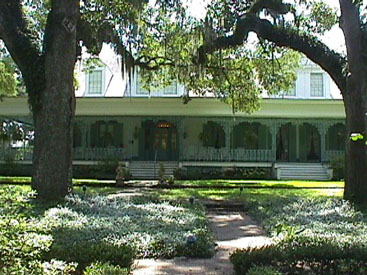
Myrtles Plantation Ghost Photo , Look at the figure in the blow up portion of the photo
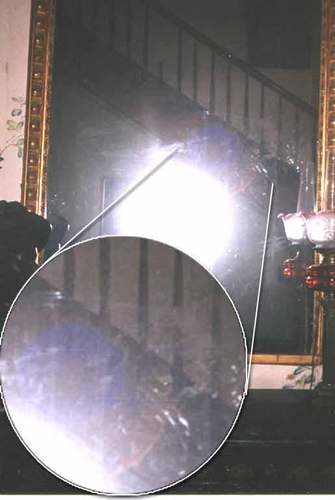
Savannah Georgia
Savannah is a city located in (and the county seat of) Chatham County, Georgia (USA). The city's population was 128,500 in 2005, according to the most recent U.S. Census estimate. Before 1970, Savannah was the second-largest city in Georgia. Today it is ranked fourth in population.
Historic sites
* Riverfront Plaza and Factors' Walk—River Street's restored nineteenth-century cotton warehouses and passageways include shops, bars and restaurants * City Market—Savannah's restored central market features antiques, souvenirs, small eateries, as well as two large outdoor plazas * Historic homes—the Pink House, Sorrel Weed House, Juliette Gordon Low birthplace, Owens-Thomas house, Wormsloe plantation of Noble Jones, Mercer House, former home of Jim Williams, the main subject of Midnight in the Garden of Good and Evil * Historic houses of worship—Trinity United Methodist Church(circa 1848), Cathedral of St. John the Baptist, Christ Episcopal Church, First African Baptist Church, Independent Presbyterian Church, Lutheran Church of the Ascension, Temple Mickve Israel, St. John's Church (Episcopal) * Historic cemeteries—Colonial Park Cemetery (an early graveyard dating back to the English colony of Georgia), Laurel Grove Cemetery (with the graves of many Confederate soldiers and African American slaves) and Bonaventure Cemetery (a former plantation and the final resting place for some illustrious Savannahians) * Historic forts—Fort Jackson (near the historic district) and Fort Pulaski National Monument (17 miles east of Savannah via the Islands Expressway), both important in the American Civil WarThe riverboat Georgia Queen cruising down the Savannah River past the Savannah International Trade and Conference Center on Hutchinson Island.
